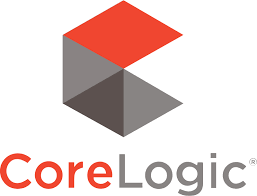CoreLogic, a catastrophe risk modelling specialist, has announced the launch of its new Risk Quantification and Engineering (RQE) solution designed to provide accurate, high-resolution models detailing the full-risk spectrum for customers as the economic impact of catastrophes increases.
 The solution – which includes U.S wildfire and U.S severe convective storm models, as well as a significantly updated U.S inland flood model – is to be made available to customers via flexible delivery options, including application program interface (API) integration, on-premise, cloud or professional services.
The solution – which includes U.S wildfire and U.S severe convective storm models, as well as a significantly updated U.S inland flood model – is to be made available to customers via flexible delivery options, including application program interface (API) integration, on-premise, cloud or professional services.
“Historically, property insurers have been unable to accurately analyse the true impact of wildfire, flood and severe convective storm damages because they lacked consistent and complete data,” explained said Staci Wellentin, Director of Product Management at CoreLogic.
“For all three of these perils the historical record has critical limitations and challenges. We have overcome this with some very innovative modeling approaches.”
The CoreLogic U.S wildfire model, which replaces the existing California wildfire model, is designed to help insurers and mortgage lenders quantify the risk potential regarding how a fire burns, propagates, and is suppressed, as well as the viability of the structures facing these fires.
The model accounts for both burn and smoke damage, and incorporates more 3.5 million probabilistic events simulated from observed data.
The U.S severe convective storm model includes nearly 4 million probabilistic events and captures the extreme complexities of sub-perils including tornadoes, hail, and straight-line winds and their real-time impact on properties and automobiles across the lower 48 states.
Lastly, the highly-granular U.S. inland flood model fuses 20+ years of experience in flood data with risk solutions for a comprehensive, detailed view of flood risk.
Refinements to Smart Defaults – which do the work of filling in unknown property information by providing a realistic estimate based on CoreLogic and building code data – include region-specific composite vulnerability curve mapping where the structure type is unknown, basement vulnerability, and low-rise, first-floor elevation and waterproofing defaults.
“These new probabilistic wildfire and severe convective storm models, as well as the updates to the inland flood model, also use the breadth of CoreLogic property and valuations data, and this provides greater accuracy of risk quantification for customers, and that means better protection for families and businesses against the damages from natural catastrophes.”


